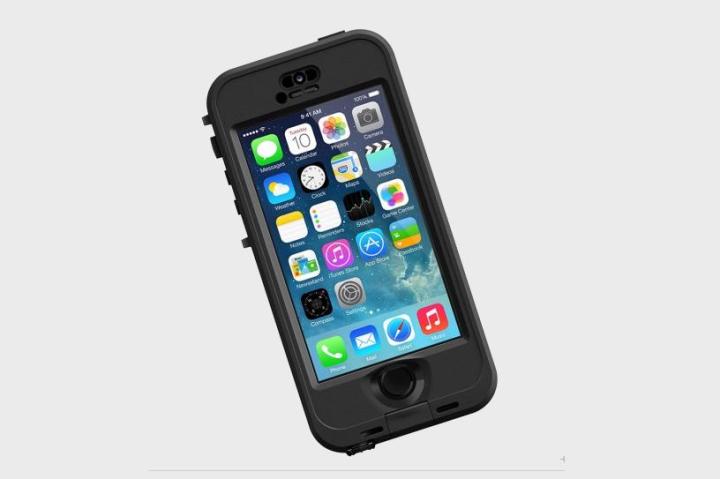
Makers of highly protective smartphone cases faced something of a challenge with the launch of the iPhone 5S.
The inclusion of its new and much-trumpeted Touch ID sensor meant they had to find a way to keep out water and grime while retaining access to the sensor.
The folks at LifeProof, a company already well established in the field of rugged case design, appears to have come up with the goods, this week launching a new version of its nüüd case, complete with full Touch ID compatibility.
The original nüüd case has proved popular with users not only because of its ultra-slim profile, but also because it has no screen cover, leaving you with “a touchscreen you can actually touch,” as LifeProof puts it.

LifeProof says its case can protect your phone in water up to 6.6 feet deep, so if you need to send a tweet or check your mails while on a relatively shallow scuba diving mission, you’re sorted.
The case can also protect your Apple handset from drops of up to 6.6 feet, while wobbles, knocks, shakes, and shimmies should really present no challenge at all to your iPhone’s innards.
LifeProof’s Touch ID compatible nüüd case is available in either black or white for $90.
Editors' Recommendations
- I used an iPhone case that claims to improve battery life. Here’s what happened
- I love the Galaxy S23 — here are 5 things the iPhone still does better
- The 9 best iPhones of all time that changed everything
- Does the iPhone 14 have a fingerprint sensor? Here’s what happened to Touch ID
- Still have an iPhone 6 or 5s? Update it now to fix a big security vulnerability


